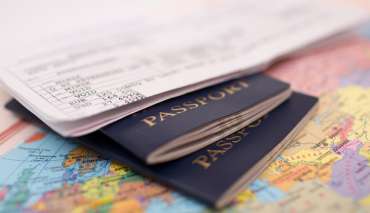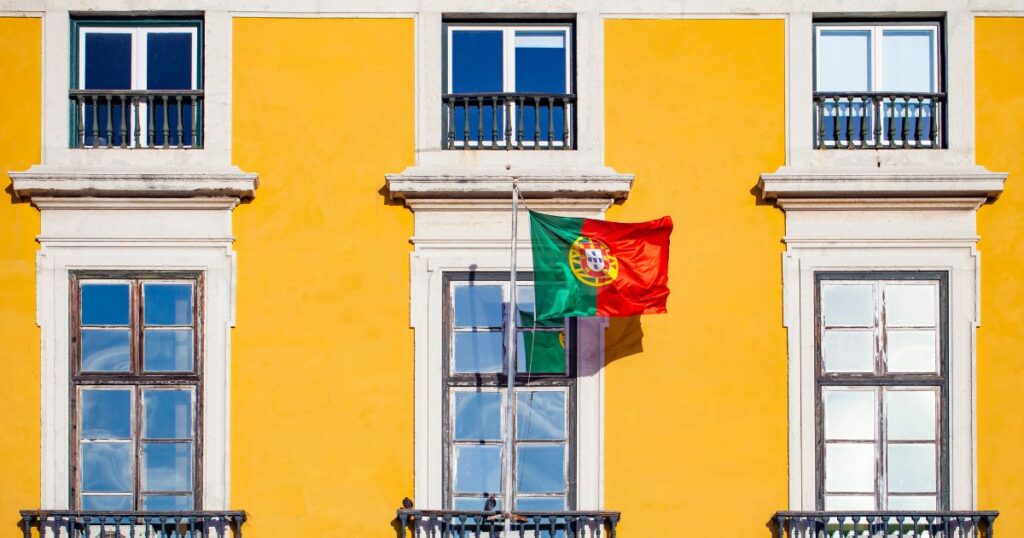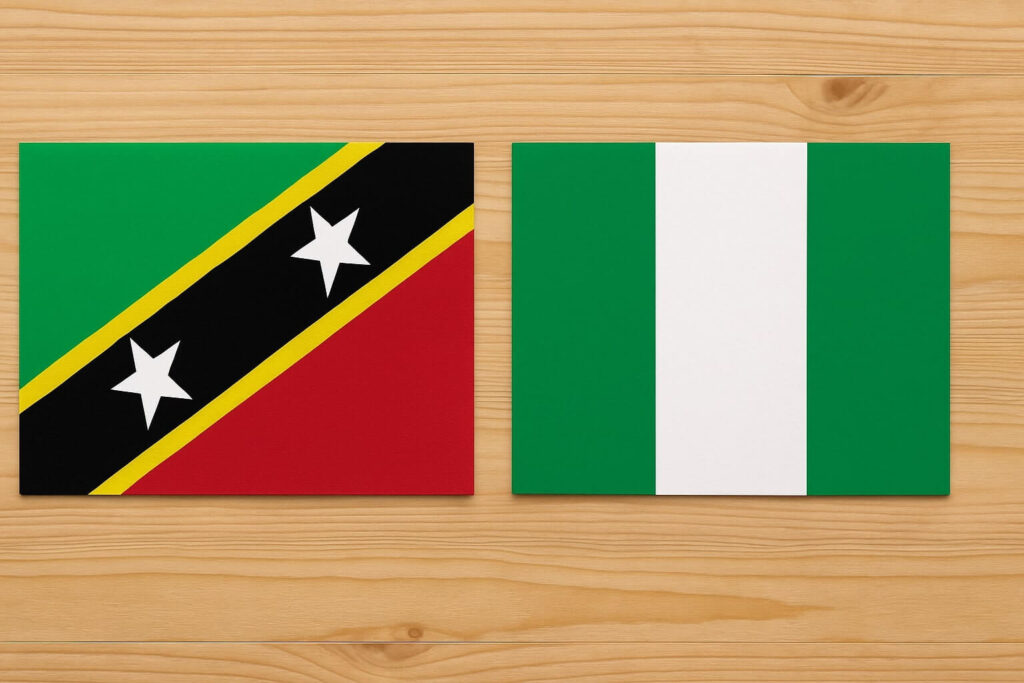The concept of buying citizenship for cash have existed in ancient times. Roughly two thousand years ago , Roman citizenship was sold to rich and wealthy for money. In the book of Acts, Paul has a discussion with a Roman Centurion who claims he bought his citizenship “for a lot of money”.
Roman citizenship gave its citizens, right for unimpeded travel across the empire (modern day schengen area), given right to vote and given immunity against torture and death sentence (unless for treason).
History of Past Economic Citizenship by Investment Programs which operated since 18th century and in the 1980’s.
The roots for the first modern day citizenship by investment (CBI) program can be found in St Kitts and Nevis. In 1984 the Citizenship by Investment Act of St Kitts and Nevis, offered citizenship for $250,000.
The Commonwealth of Dominica launched a CBI scheme in 1993 and many pacific countries offered passports for investments. All Pacific islands closed all their citizenship for sale schemes after 9/11 due to concerns of abuse.
Today after 35 years, currently as of 2019, there are 12 known citizenship for sale scheme actively running.
1. Europe
| Country | Period | Investment |
| Roman Era | 212 AD | |
| Scotland | 18th century | £83 |
| Ireland | 1984-1994 | £1m (Shares in Royal bank of Scotland) |
| Montenegro | 2008-2010 | €500,000 |
| Cyprus | 2007 | €25m |
2. Caribbean
| Period | ||
| St Kitts and Nevis | 1984 | $150,000 (real estate) or $200,000 (Government debts/ bonds) |
| Dominica | 1993 | $50,000 |
| Belize | 1985-2001 | $40,000 (closed in 2001) |
| Grenada | 1007-2001 | $40,000 |
3. Pacific Islands
Pacific Island Tax Havens in 1990’s apparently sold 13,950 passports raising a minimum of $153,450,000 (about $11,000 each). Wealthy purchasers, mostly ethnic Chinese, consider the price (up to $50,000 per head of a household) reasonable.
These economic citizenship programs in the pacific operated unofficially, with average family citizenship costing $50,000.
| Country | Period | Investment | Revenues |
| Nauru | 1998-2002 | $50,000 | $92 million (6.5% of GDP) |
| Tonga | 1982-1996 | $50,000 | $24 million (2% of GDP) |
| Vanuatu | 1996-1997 | $50,000 | $3.3 million (1.5% of GDP) |
| Marshall Islands | 1995-1996 | $50,000 | $22 million (11% of GDP) |
| Samoa | 1991-1997 | $50,000 | $24m (2% of GDP) |
Active Citizenship by Investment in 2019
Today there are about 14 citizenship by investment schemes actively running and more countries as of 2019, more countries expected to introduce a CIP in the future.
| Country | Origin / Start | Investment required | Visa free countries (2018) HPI | Passport time |
| 1. St Kitts and Nevis | 1984 | $150,000 | 151 | 4-6 months |
| 2. Dominica | 1993 | $100,000 | 137 | 4-6 months |
| 3. Cambodia | 1996 | $250,000 | 54 | – |
| 4. Antigua and Barbuda | 2013 | $100,000 | 150 | 4-6 months |
| 5. Cyprus | 2007 | €2.15 million | 173 | 7 months |
| 6. Grenada | 2013 | $150,000 | 144 | 4-6 months |
| 7. Malta | 2014 | $1 million | 183 | 12-15 months |
| 8. Vanuatu | 2015 | $160,000 | 129 | 4-6 months |
| 9. Saint Lucia | 2015 | $100,000 | 146 | 4-6 months |
| 10. Turkey | 2017 | $250,000 | 111 | 3-5 months |
| 11. Samoa | 2017 | $1.5 million | 129 | 36 months |
| 12. Moldova | 2018 | €100,000 | 122 | 3 months |
| 13. Montenegro | 2018 | €350,000 | 123 | 3 months |
| 14. Bulgaria | 2009 | €1 million | 169 | 12-15 months |
Infographic






